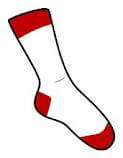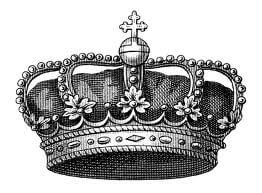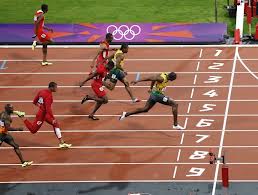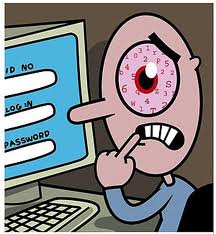#111 - Murder Mystery Problem
One evening there was a murder in the home of married couple, their son and daughter. One of these four people murdered one of the others. One of the members of the family witnessed the crime.
The other one helped the murderer.
These are the things we know for sure:
1. The witness and the one who helped the murderer were not of the same sex.
2. The oldest person and the witness were not of the same sex.
3. The youngest person and the victim were not of the same sex.
4. The one who helped the murderer was older than the victim.
5. The father was the oldest member of the family.
6. The murderer was not the youngest member of the family.
Who was the murderer?
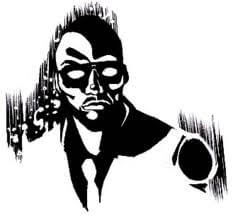
mother
We know from (3) that the youngest person was not the victim, from (4) that the youngest person was not the helper and from (6) that the youngest person was not the killer. The youngest person can only have been the witness therefore. If we make up a chart there are now three possible combinations:
Oldest person (father) H H M
Next to oldest (mother) V M H
Next to youngest (son) M V V
Youngest (daughter) W W W
(H = Helper ; V = Victim ; M = Murderer ; W = Witness)
We can work out from (5) that the father was the oldest, from (2) that the youngest person must have been the daughter. Therefore the next to the youngest must have been the son and the next to the oldest, the mother.
Of three possibilities: the first is impossible (from (3) – the youngest person and the victim were of different sexes); the third is also impossible (from (1) – the witness and the helper were of different sexes). Therefore only the second possibility holds – and the mother was the murderess.

